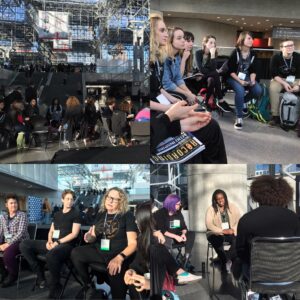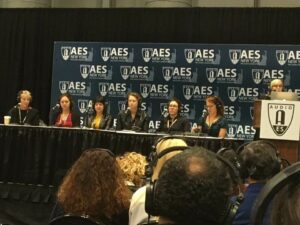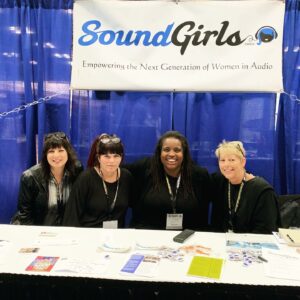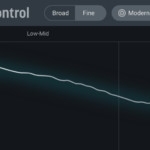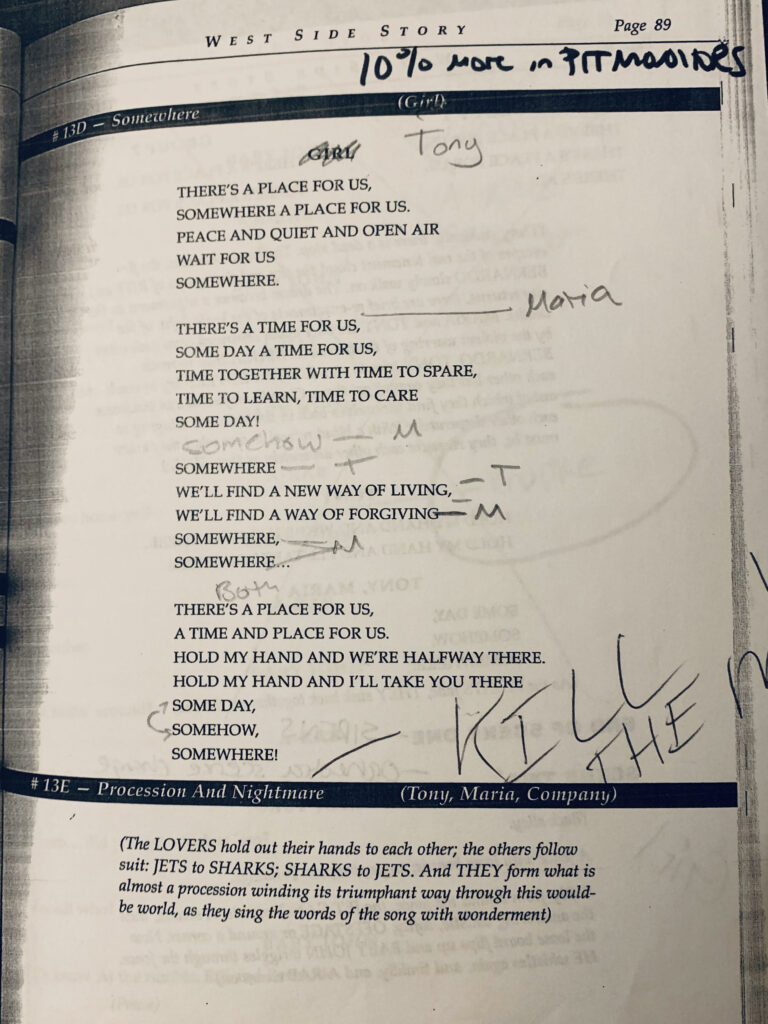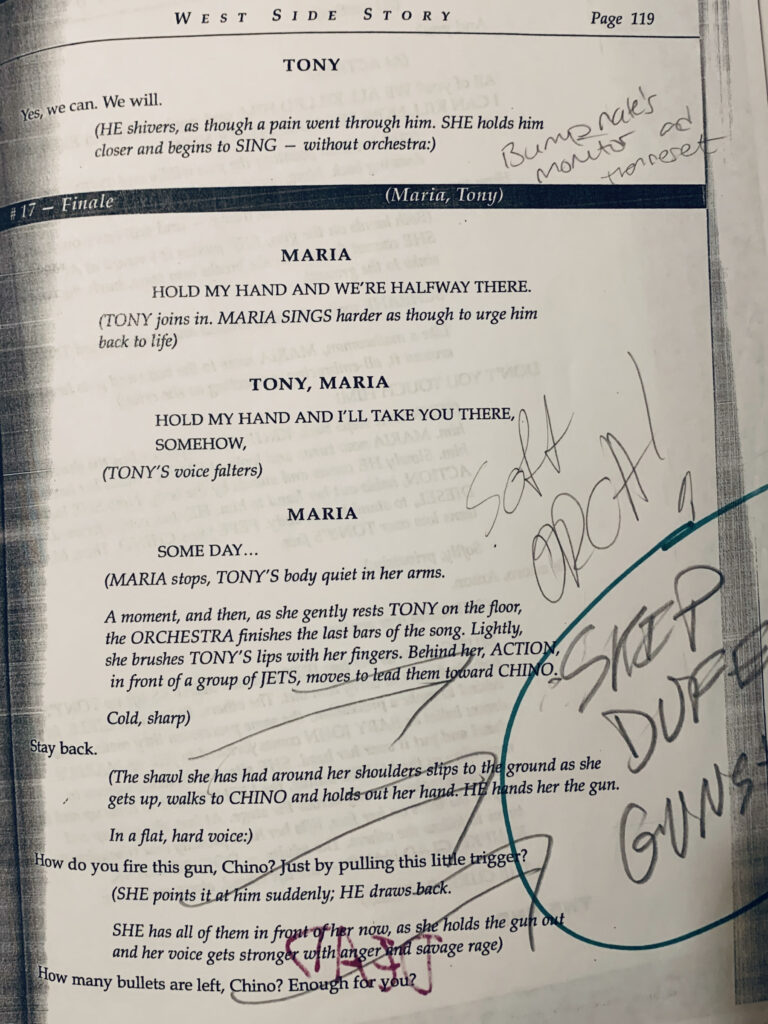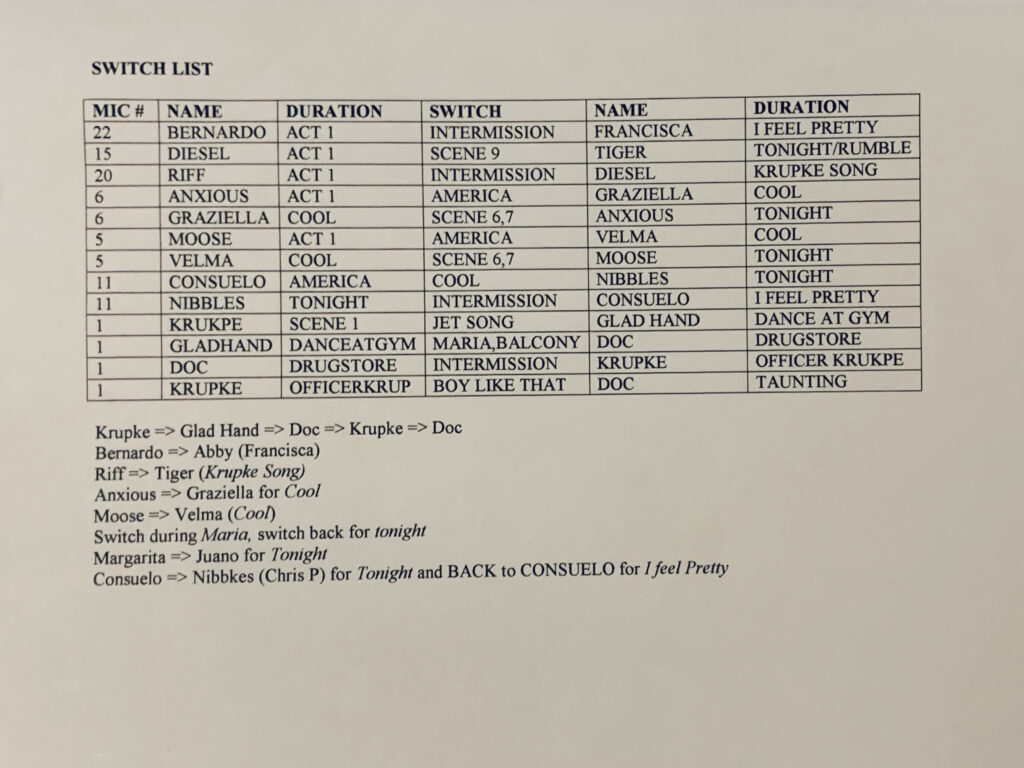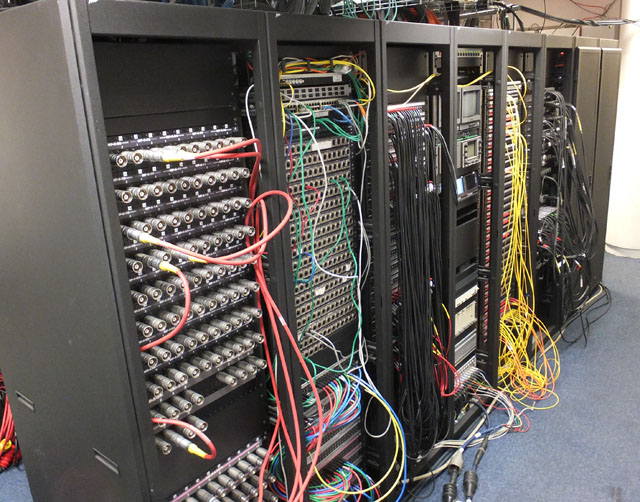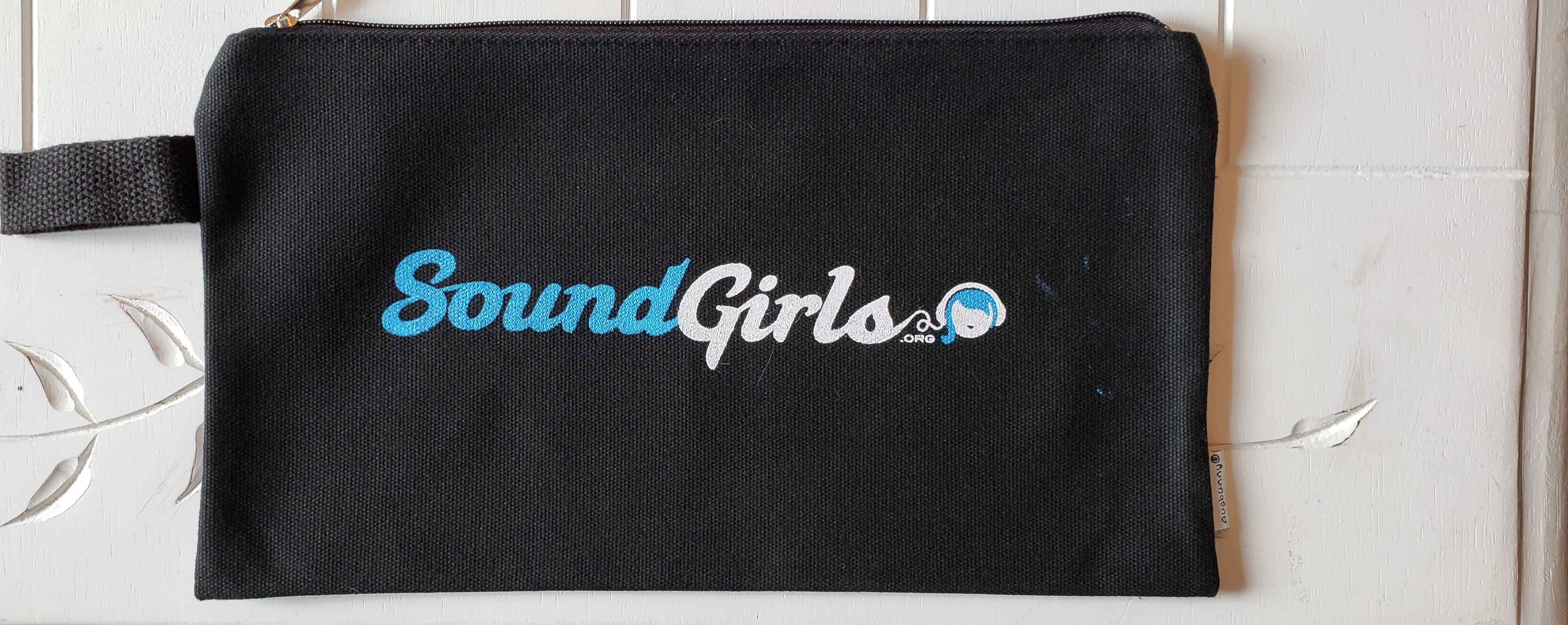Tips for packing smarter
I love travelling, I love going on tour, but I hate packing. I think it boils down to my inability to make decisions, which is what packing is after all; deciding what you’ll need for maybe months at a time. You might leave home during a heatwave and not come back until the middle of winter, taking in all sorts of weather in between. How can anyone know what they’ll need through all that?
I tried to pack light for years, partly so I wouldn’t put my back out dragging everything around, but partly because I didn’t want to be seen as the clothes-addicted, materialistic woman. As I’ve grown older (and stopped caring what other people think so much) and spend more and more time working away, I’ve come to realise that my suitcase is the closest thing I have to a home on the road. I’m not a follower of fashion or a hoarder by any means, but if having more than one day-off outfit and a bath bomb or two makes a big difference to my quality of life, damn it, I’m going to bring them. I now look for smart swaps that I can make that will streamline my packing while leaving space for a few creature comforts.
I read travel and backpacker sites to get inspiration for lightweight, collapsible, or multipurpose versions of things I need. Some of them can be very expensive, but if you can afford the initial outlay, buying great quality items that will last for years will save you hassle and money in the long run, and have the added bonus of being better for the environment than buying multiple cheaper versions. A lot of the high-end brands also have lifetime guarantees, which can be invaluable. I have a wishlist and keep an eye out for any discounts or sales that will make them affordable. Here are the main changes I’ve made, whether packing for one night or three months:
Water Bottle
An increasing number of festivals and venues in the UK have stopped supplying disposable water bottles, and rightly so. Besides, bringing your own means, you don’t need to waste time searching for the water stash when you run out. Just find a tap. I got a silicone one that rolls up when it’s empty so I’m not losing space in my bag to air.
Coffee Cup
Again, reusable cups are much better for the environment, but they take up a lot of space. I bought a collapsible cup, with a wide foot so I’m less likely to knock it over.
Laundry Egg
I’ve replaced washing detergent and fabric softener with a reusable, eco-friendly laundry egg. They last for months and months before needing a top up, so I know it’s sorted for my whole time away.
Ereader
I know some people can’t be parted from paper, and I love reading real books too, but having the ability to choose from thousands of stories while taking up less space than a paperback is worth it for me. You can also load them with user manuals and catch up in your bunk if you’re struggling to get to sleep.
Coat
Unless you’re touring through the arctic circle, you shouldn’t need a big bulky coat. The key to packing smart while being prepared for any weather is lots of thin, breathable layers. I invested in a super thin jacket from Arc’teryx, which has lots of smart features like moisture-wicking material and a hood that will fit over my hard hat, while rolling up to the size of my headphones. I can use it all year round, and add thermals in the winter to keep warm.
Base Layers
You can avoid having to bring thick warm clothes ever again by getting some good thermal base layers. Merino wool ones are super toasty while staying breathable. Apparently, they also keep you cool in summer and can be worn for a week or so without smelling, but I have too much respect for my colleagues to put that to the test. More and more sports and outdoors brands are making ‘smart’ clothing, which can be super thin, moisture-wicking, breathable and quick-drying and many are made from synthetic material or bamboo, so don’t involve animal products.
Zip-off Trousers
Ok, you’re not going to win any best-dressed awards in zip-offs, but they are really useful. Not only will you save space compared to packing separate shorts and trousers, you have options for when the temperature suddenly changes without having to run back to the bus or hotel. I got a couple of pairs from an outdoors shop that are lightweight and quick-drying, so if I get caught in a downpour, I’m not soggy for the rest of the day.
Safety Shoes
If your role requires safety shoes, it’s non-negotiable. However, there are lots of lighter, trainer-style shoes out there so you don’t have to lug massive steel-toed boots around. I have some great springy, composite-toed, high-top style ones (because I don’t trust people not to push flight cases into my ankles) from Jallatte, which are not only lighter to carry in my bag, they’re a pleasure to wear.
Toiletries
I’m trying to replace as much as possible in my washbag with solid alternatives. They’re more compact, use less plastic, last longer, don’t leak and you don’t need to worry about taking them through airport security. I have solid shampoo and conditioner and use soap instead of shower gel (I was really interested in a major chain’s solid shower gel until I realised that it was just an expensive way of saying ‘soap’). I use stick deodorant, but it’s best not to bring aerosols on tour anyway. It’s rude and inconsiderate to use sprays inside the bus. For liquids, I buy the smallest bottle or decant it into travel containers. Again, this saves space and means I can bring most stuff in my hand luggage if I’m flying. You can always buy more as you go along.
Menstrual cups not only take up way less space than pads and tampons, but they’re also better for the environment, and you don’t need to worry about running out.
I use packing cubes to keep all this stuff organised. It’s quick, it helps you compress your clothes down so you have more space, and it’s an extra layer of privacy while you’re rummaging through your suitcase at the side of the road in front of your colleagues and passers-by. I also bring a smaller canvas bag so I can take everything I need until the next day off up to my bunk and leave the suitcase in the bus bay. If you delve into travel blogs, you can get a wealth of information for packing lighter and smarter, but don’t get too caught up in minimising your luggage. We aren’t on holiday, we do this full time. While it’s a good idea not to have too much stuff weighing you down, we deserve to have a few luxuries or reminders of home to make us feel human.

 We just got some new merch in. Long Sleeves, Onesies, Toddlers, Gig Bags, and Canvas Totes. Check it out Here
We just got some new merch in. Long Sleeves, Onesies, Toddlers, Gig Bags, and Canvas Totes. Check it out Here
